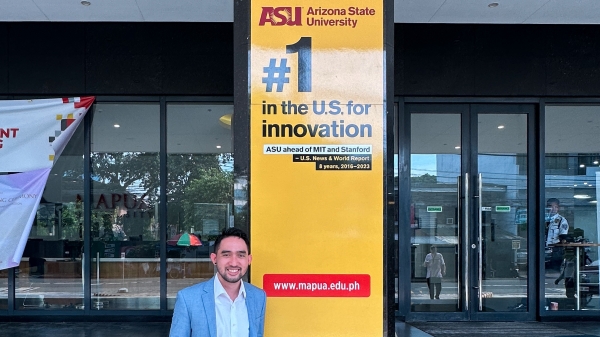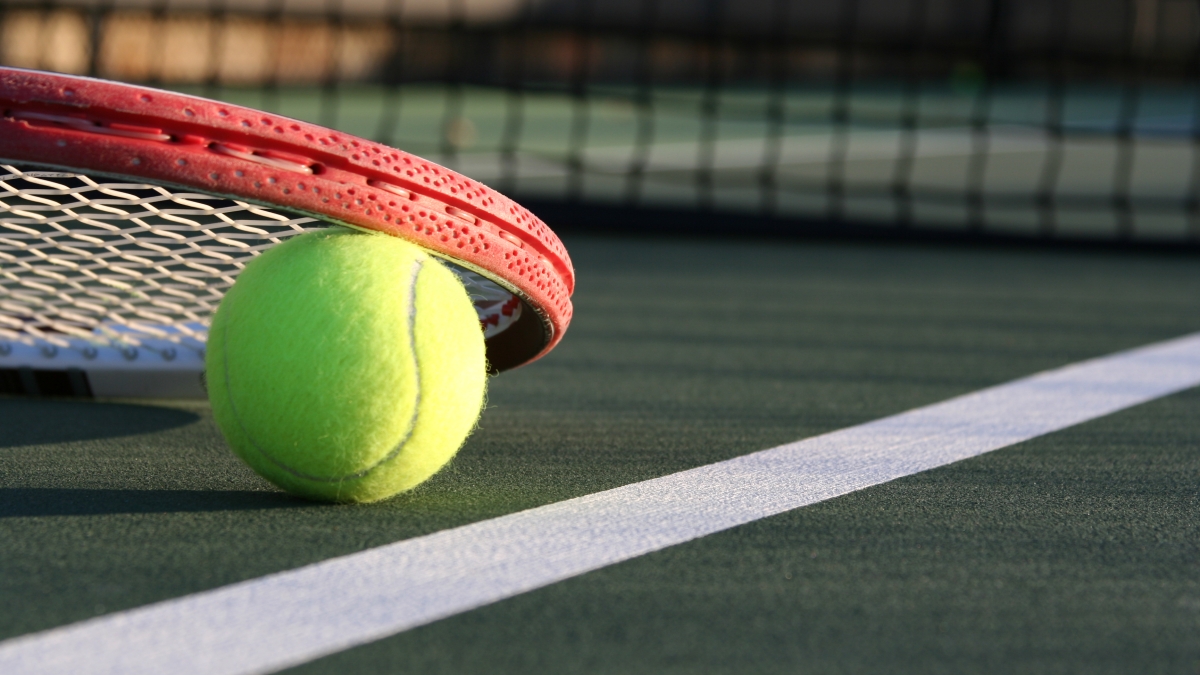Recent research by Arizona State University professors highlights the heat dangers in the Valley of the Sun and emphasizes the need for residents to acclimate and check temperatures.
Floris Wardenaar, an assistant professor in the College of Health Solutions and one of the team members, had two studies published recently on dealing with high temperatures.
Both studies involved measuring the temperature of athletic venues on the ASU campus.
One study, published in the journal Environmental Research Letters by a team of ASU researchers, measured the temperature of five venues during five days in June and five days in August. They then compared the measurements to the readings posted by regional weather stations. The team found that on-field measurements averaged about 5 degrees higher than the temperatures posted by the weather stations – about 83 degrees at the sites compared with 78 degrees at the stations.
The stations were in the Arizona Meteorological Network, which includes four sites in greater Phoenix.
Wardenaar said that the basic weather app that people consult on their smartphones draws data from these stations. So while your app might give you a temperature reading before you go out to play sports, the actual temperature at the venue could be higher.
“We wanted to know if the microclimate of the surface impacts the heat that people experience in those different environments,” he said.
“One of the things we found out is that there is a difference between the microclimate and what we find on the AZ Met system in the area, which has to do with the location of the systems, where they are placed, but also maybe the height of where the measurement is taken.
“We found that there is a substantial difference between the information that comes from the station that goes to your app. Everyone with a phone has the app that’s pulling data from local stations.”
“The actual heat stress on the ground is much higher,” said Wardenaar, who did the research with Jennifer Vanos, an assistant professor in the School of Sustainability, Matei Georgescu and David Hondula, both associate professors in the School of Geographical Sciences and Urban Planning, and Haven Guyer, a master’s degree student.
The surfaces measured were: the rubber track at Sun Angel Stadium, the artificial turf field north of Sun Devil Stadium, the clay surface of the baseball field at Phoenix Municipal Stadium, a natural grass surface at Phoenix Municipal and the asphalt courts at Whiteman Tennis Complex. Little temperature difference was found among the surfaces, which were measured using a Kestrel 5400 Heat Stress Tracker.
Wardenaar said that the study did not include rock surfaces.
“A lot of the hiking that takes place is on rocky surfaces, and rock builds up a lot of heat and radiation,” he said.
“People should be mindful that when the app says it’s a certain temperature, it is likely to be a little warmer when you are on the actual field. And when the humidity increases, it will make it worse."
Effects on performance
Wardenaar said the other study addressed whether the surface temperatures impacted actual playing performance.
That research paper, published in the International Journal of Sports Science & Coaching, measured the impact of different playing surfaces on Sun Devil football players when it was around 91 degrees outside. The three surfaces were the indoor practice facility, natural grass outdoors and the “HydroChill” artificial turf field outdoors.
Wardenaar said the research team, which included Joe Connolly, the Sun Devil Athletics head coach for football sports performance, was interested in differences between the surfaces because the “HydroChill” turf is not made of rubber crumb from recycled tires, like typical turf, but of coconut, which is meant to hold moisture better and thus be cooler.
The surface comparisons were not same-day because the players worked out on different venues on different days. But they found that the temperature was much higher on the turf than on the natural grass.
The surface temperature of the turf was about 152 degrees on a morning when the air temperature was 95.
The surface temperature of the natural grass was about 91 degrees on a day when the air temperature was about 90.
The surface and air temperatures in the indoor facility were around 80 degrees, but the humidity was much higher – 28% compared with 15% or less for the outdoor sites.
While the “HydroChill” turf got quite hot, typical artificial turf may be much worse, Wardenaare said.
“We see a lot of artificial turf playing surfaces for kids, and that’s probably not the best to be around in summer when it’s really hot,” he added.
When comparing the impact on the football players’ physiological responses from the different surfaces, the researchers found little difference. That’s probably because the players, who start working out in the early spring, had become acclimated to the heat.
“If I translate that to normal people, that says to me that when the weather is warming up, before now, people should try to go outside, because it will help them to acclimate,” Wardenaar said.
“The more you go outside at the start of hot weather, like in March, the better you’ll deal when it’s really hot.”
Unfortunately, he said, most people do the opposite: “When it starts getting warm, they go inside.”
Top image courtesy iStock
More Health and medicine
Is ‘U-shaped happiness’ universal?
A theory that’s been around for more than a decade describes a person’s subjective well-being — or “happiness” — as having a U-shape throughout the course of one’s life. If plotted on a graph, the…
College of Health Solutions medical nutrition student aims to give back to her Navajo community
As Miss Navajo Nation, Amy N. Begaye worked to improve lives in her community by raising awareness about STEM education and health and wellness.After her one-year term ended last month, Begaye’s…

Linguistics work could improve doctor-patient communications in Philippines, beyond
When Peter Torres traveled to Mapúa University in the Philippines over the summer, he was shocked to see a billboard promoting Arizona State University.“It wasn’t even near the university,” said…
